智能电网:马拉松式发展
2011-09-28 17:07
来源:
OFweek电子工程网
附原文:Smart grid: Slow buildout begins
The builders of the smart grid know they’re running a marathon, not a sprint.
“Just as we saw cell phone technology leapfrog the old wire-based systems, we should anticipate that new power technologies will give rise to innovative systems that may leapfrog our familiar lineup of power plants, wires and meters,” Theodore F. Craver, Jr., chairman of the Electric Power Research Institute, stated in EPRI’s State of the Technology 2011 report. But the buildout is a monumental task that will take decades to accomplish.
The to-do list items for the smart grid’s architects include integrating communications across the grid; developing advanced control methods; tackling advanced sensing, metering and measurement issues; designing advanced grid components that incorporate superconductive materials, power electronics and microelectronics; and hammering out a support and human interface methodology.
Meanwhile, as renewable energy sources are developed and deployed, industry participants must find ways to connect those sources to the current, aging national electric grid. At its most basic level, the task involves converting solar and wind energy sources to the U.S. 60-Hz ac standard, using power converter technology such as an inverter to transform distributed energy and into grid-compatible ac power. The search is on for inverters that are smarter, more flexible and much cheaper than those used today.
EPRI has developed a solid-state “intelligent universal transformer” (IUT) prototype for voltage conversion. Combined with communications technology, the solid-state transformer becomes a smart node within the smart grid that can detect metering problems, track asset loading, and serve as a data source for real-time condition monitoring and load modeling. It will also help integrate distributed resources such as energy storage, photovoltaics and plug-in electric vehicles.
The IUT converts ac power at various distribution-level voltages to dc and ac power appropriate for residential and commercial use. Unlike conventional, copper-and-iron transformers, the IUT deploys solid-state high-frequency switching and fast-computing digital control technologies to control and shape its output characteristics.
For future smart grid applications, the IUT can be used to connect distributed renewable generation capabilities to the distribution grid without the distribution-voltage swings allowed by conventional transformers.
EPRI has been working on the IUT’s solid-state technology for a number of years and has completed a proof of concept and various prototype designs that are ready for field demonstrations and early deployment. The institute successfully demonstrated a working IUT in December 2010 at its laboratory in Knoxville, Tenn. Earlier this year, a field prototype 2.4-kV, 25-kVA model with enclosure, packaging, and high- and low-voltage bushings was deployed for evaluation. IUT field demonstration projects at multiple host sites are scheduled through 2012 to finalize the design, specifications and manufacturing requirements.
Meanwhile, the U.S. Department of Energy’s National Renewable Energy Laboratory, with industrial partner Semikron, has developed a prototype 50-kW inverter using National Instruments tools. The inverter contains a 50-kW modular power block that’s roughly the size of a microwave oven. NREL predicts the design, when produced in volume, will come in at one-third the cost of other integrated power electronics of the same rating, and foresees its use in such applications as photovoltaics, wind turbines and batteries.
The design and commercialization of grid-tied power electronics control systems “was historically hampered by a lack of rapid control prototyping and real-time hardware-in-the-loop simulation capabilities,” Bill Kramer, R&D manager for energy systems integration technologies at NREL, said in a presentation at NIWeek last month.
Between 2009 and 2010, renewable energy consumption rose by 6 percent, to more than 8 quadrillion Btu. Source: U.S. Energy Information Administration
Between 2006 and 2010, the biomass share of renewable energy consumption increased from 49 percent to 53 percent, wind’s share increased from 4 to 11 percent, and conventional hydroelectric’s share decreased from 43 to 31 percent. Source: U.S. Energy Information Administration
“NREL is working directly with National Instruments to develop advanced power electronics inverter control hardware based on reconfigurable FPGA technology for renewable, electric-vehicle and smart grid systems,” said Kramer. “With the high-bandwidth connector on the NI single-board RIO devices, and with LabView programming tools, we now can take our simulations and advanced algorithms from prototype to high-volume, deployable targets more quickly.”
Michelle Tinsley, general manager of the Intel Embedded Computing Division, said at NI Week, “By combining the power of the Intel Core i7 processor and the productivity of National Instruments’ integrated CompactRIO hardware and LabView software, we are giving engineers a high-performance solution to quickly solve their advanced control and monitoring problems.”

声明:
本网站所刊载信息,不代表OFweek观点。刊用本站稿件,务经书面授权。未经授权禁止转载、摘编、复制、翻译及建立镜像,违者将依法追究法律责任。
图片新闻
技术文库
最新活动更多
-
即日-12.26立即报名>>> 【在线会议】村田用于AR/VR设计开发解决方案
-
1月8日火热报名中>> Allegro助力汽车电气化和底盘解决方案优化在线研讨会
-
1月9日立即预约>>> 【直播】ADI电能计量方案:新一代直流表、EV充电器和S级电能表
-
即日-1.14火热报名中>> OFweek2025中国智造CIO在线峰会
-
即日-1.16立即报名>>> 【在线会议】ImSym 开启全流程成像仿真时代
-
即日-1.20限时下载>>> 爱德克(IDEC)设备及工业现场安全解决方案
推荐专题









 分享
分享



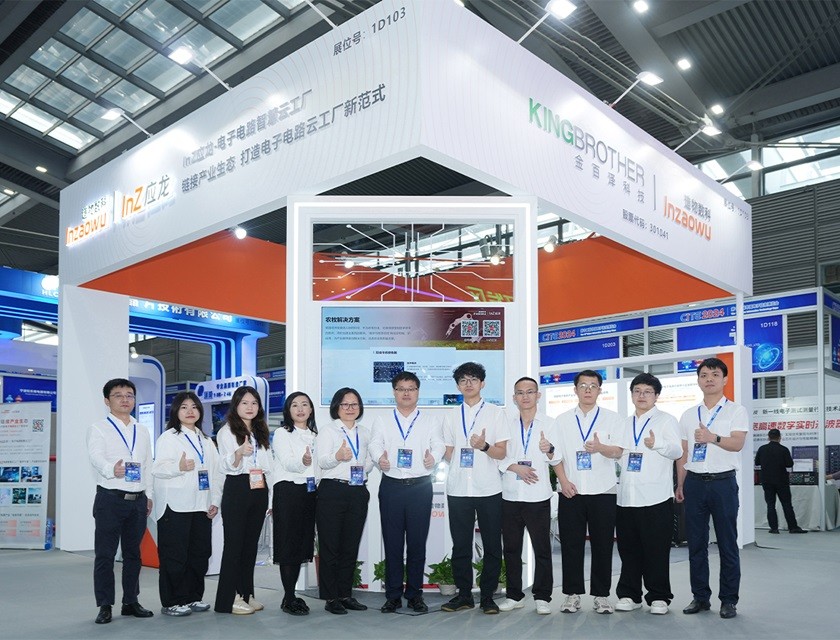
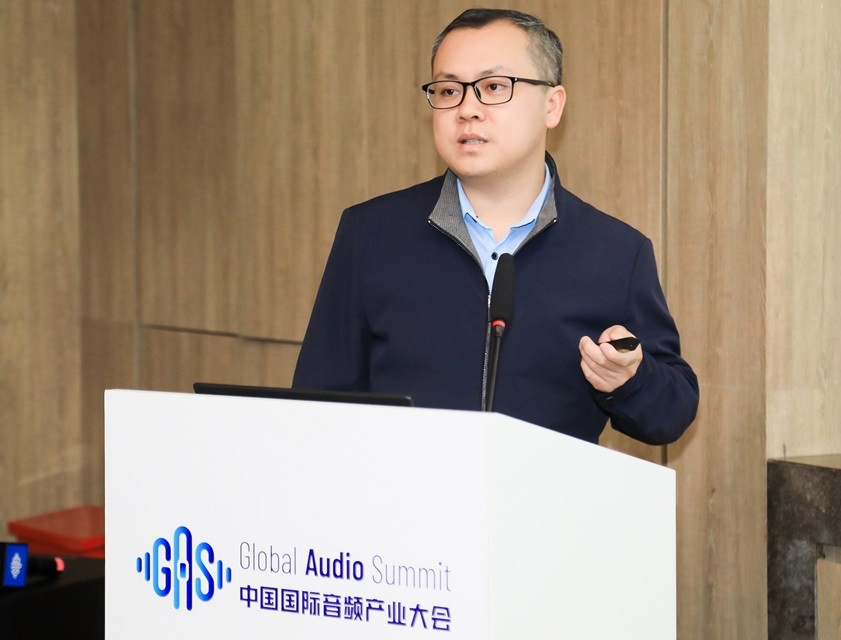
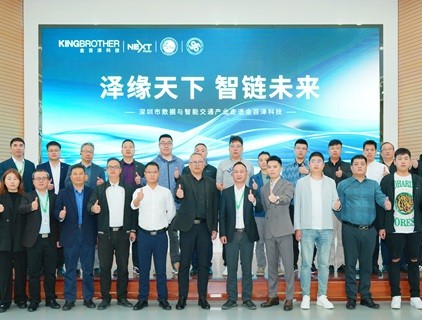
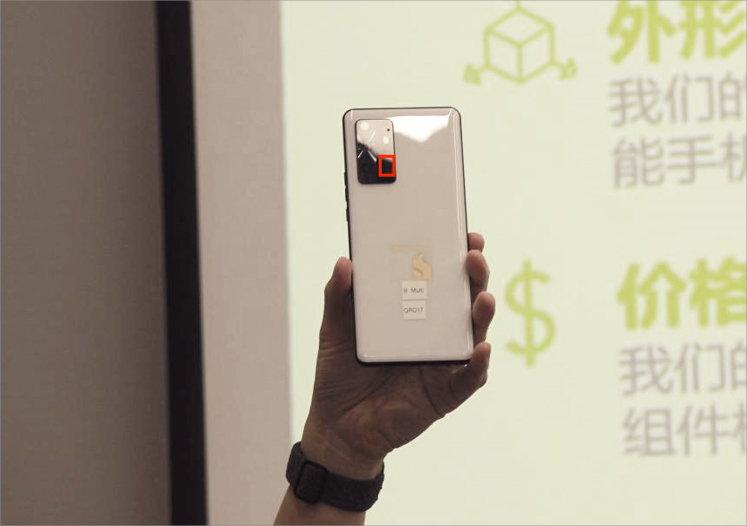
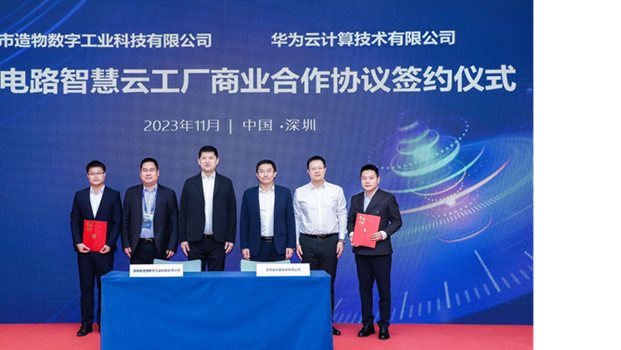







发表评论
请输入评论内容...
请输入评论/评论长度6~500个字
暂无评论
暂无评论